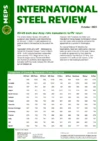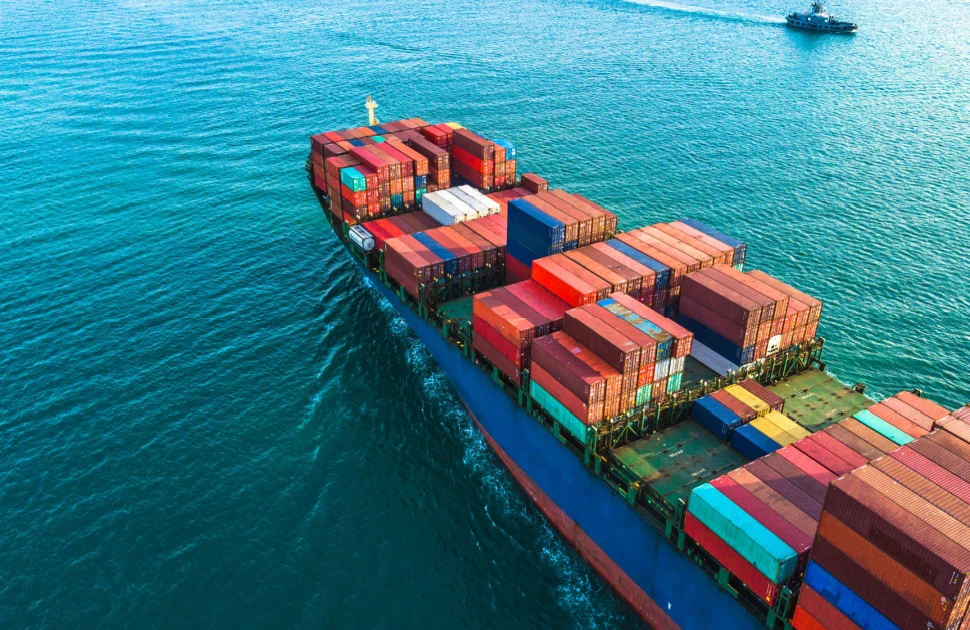EU-US trade deal delay risks tariffs’ return
The United States’ Section 232 tariffs on European steel imports could recommence on January 1, 2024, if a joint agreement on greener steel is not reached by the end of the year.
Application of the 25% tariff – introduced by former US President Donald Trump in March 2018 – to EU imports has been suspended since January 2022. Negotiations over a Global Arrangement on Sustainable Steel and Aluminium (GASSA) were expected to formalise tariff-free trade between the US and EU on October 20.
However, US President Joe Biden and President of the European Commission Ursula von der Leyen were unable to announce the agreement at a summit in Washington.
An original October 31 deadline for negotiations, fixed two years earlier, has now been put back to the end of the year. Failure to reach an agreement by then risks the reintroduction of the Section 232 levy, and equivalent EU tariffs on US imports, or the extension of the existing suspension.
The US imported 3.34 million tonnes of quota-covered steel in 2022, 20.3% up on the 2021 trade period in which Section 232 tariffs applied. A total of 92,805 tonnes of quota-covered steel reached the EU from US sources, up 26.4% on 2021.
“Irreconcilable differences”
Some reports suggested that US and EU leaders failed to settle on a permanent steel trading agreement after the focus of their October summit shifted to conflicts in Ukraine and the Middle East. However, the Financial Times cited “irreconcilable differences” for the delayed outcome to GASSA negotiations.
It reported that the US wants Brussels to introduce a levy on steel imported into the EU from China which, Washington officials claim, is flooding the market with cheap metal.
The European Commission has insisted that it must first run an investigation to prove China is subsidising its producers, to abide by international trade rules. It has yet to start such an investigation.
Eurofer said that an EU-US agreement on steel was needed to address the 600 million tonnes of carbon-intensive excess annual steel capacity across the globe. According to the OECD, another 150 million tonnes of steelmaking capacity is set to become operational by 2026. This is mainly found in Asia, the Middle East and North Africa, it said.
A joint statement issued by EU and US authorities after the October 20 summit said that the two parties had made substantial progress to identify the sources of “non-market excess capacity”. The two parties have also achieved a better understanding of the tools to address the emissions intensity of the steel and aluminium industries, it added.
Trading challenges
MEPS International respondents have suggested that trade talks between the EU and US are already affecting global trade. Some EU distributors are not booking material from China due to concerns about an agreement that could result in 25% levies on imports.
The situation could benefit domestic steel producers keen to raise prices amid limited demand and rising production costs. The October 1 introduction of the reporting of embedded carbon emissions, under the European Commission’s Carbon Border Adjustment Mechanism (CBAM), is already reducing the appeal of imports. The added administration attached to emissions reporting is to blame.
Any steel trade agreement between the EU and US will need to reconcile the differences between the two parties’ respective approaches to reducing steel industry emissions. CBAM contrasts starkly with Washington’s approach of providing tax breaks and subsidies to help steelmakers reduce their emissions.
Most importantly, however, the results of negotiations could have an impact on the price of steel as soon as quarter one 2024.

Source:
International Steel Review
The MEPS International Steel Review is an essential monthly publication, offering professional analysis and insight into carbon steel prices around the world.
Go to productRequest a free publication





